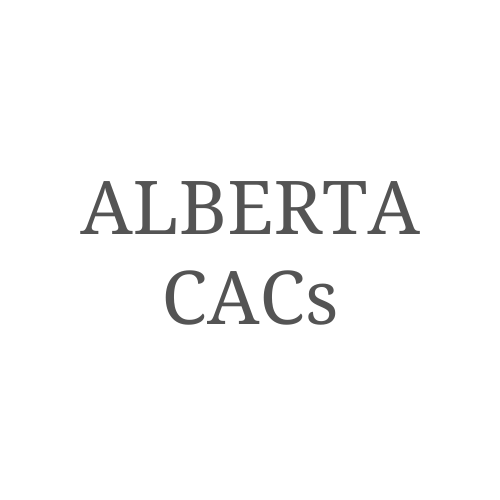Stages of Grooming
Often, abuse doesn’t just happen, many times it is methodically planned out by the perpetrator. By knowing and recognizing the signs and stages of Grooming, you can help prevent the abuse before it takes place, and/or how to respond/interject during the process – saving the child from further trauma.
Since many offenders slowly build the trust of a child and even their parents’ as a part of their process before abuse, they often follow many steps over weeks, months and even years.
92% of the children we support in Alberta know their offender – this means a relationship in some form has been established beforehand. Perpetrators not only manipulate victims, but the victim’s family and the community.
Below are the typical 6 stages of grooming.
Targeting the Victim:
Often chosen by sizing up the child’s vulnerability; emotional neediness, isolation, and low self-confidence.This can be done through social media platforms with direct messaging capabilities – making it easier and faster for offenders to identify their victims and to initiate their process privately.
The Bond:
Gaining Trust + Information: Offenders gain trust by watching and gathering information about the child, getting to know his/her needs and how to fill them. They may also work on gaining the trust of parents, caregivers and those around the victim who are often relieved to have “help” – growing into being “a part of the family”.
Filling a Need:
Using the information gained, offenders begin to offer to the child what they are “missing” – giving extra special attention and affection (compliments, flattery and support), giving gifts, offering companionship, promising gifts of alcohol or drugs – forms of coercion that the child does not recognize. Once the offender begins to fill the child’s needs, the child victim becomes dependant on them; the adult may assume noticeably more important in the child’s life. This stage may involve breaking rules the child’s parents/caregivers have set. Once rules have been broken, the offender has a secret with the child that can be used as a threat.
Access + Separation;Isolating the child
The grooming sex offender uses the developing special relationship with the child to create situations in which they are alone together. Parents may unwittingly feed into this special new relationship between the child and the other adult.
Abuse Begins; Normalizing Touch & Sexualizing the Relationship:
Now the dependency has been established, boundaries are pushed, and sexualized behaviours begin. Desensitization occurs very slowly and often portrayed as innocent encounters. Incidents like “accidentally” walking in on the child changing, going swimming where both the child and offender are less clothed, intrusion of physical boundaries such as tickling, wrestling, cuddling under a blanket and touching progress to see how the child reacts and if the offender can push further. This then progresses into exploiting the child sexually. “When teaching a child, the grooming sex offender has the opportunity to shape the child's sexual preferences and can manipulate what a child finds exciting and extend the relationship in this way. The child comes to see himself as a more sexual being and to define the relationship with the offender in more sexual and special terms.” Oprah.com
Maintaining Control:
Once the sexual abuse occurs, offenders commonly use the child’s affection, secrecy, blame, threats and sometimes violence, to maintain the child’s continued participation and silence, particularly if the child to attempts to withdraw from the relationship.
Offenders are less likely to victimize a child if they think the child will tell. Talk to children regularly about personal safety. (Protect Children)
For more safety tips, please visit: https://protectchildren.ca/pdfs/C3P_ChildSexualAbuse_ItIsYourBusiness_en.pdf
https://www.cybertip.ca/app/en/child_sexual_abuse-grooming
Reports of child abuse must be made to the following reporting sources:
Child Abuse Hotline: 1-800-387-5437 (KIDS)
Kids Help Phone: 1-800-668-6868 or Text CONNECT to 686868
Crime Stoppers: 1-800-222-8477
Online Exploitation: cybertip.ca
Or your local police/RCMP detachment.
